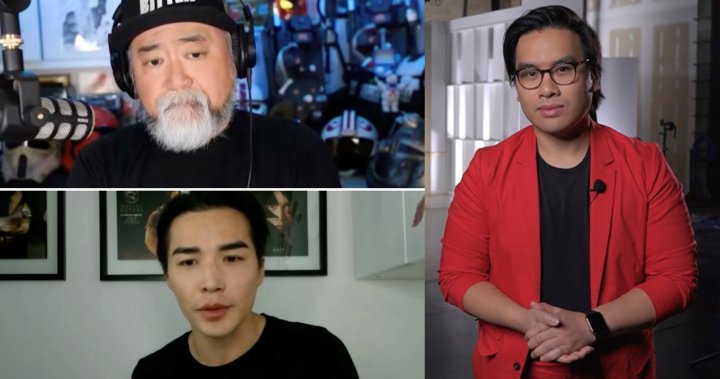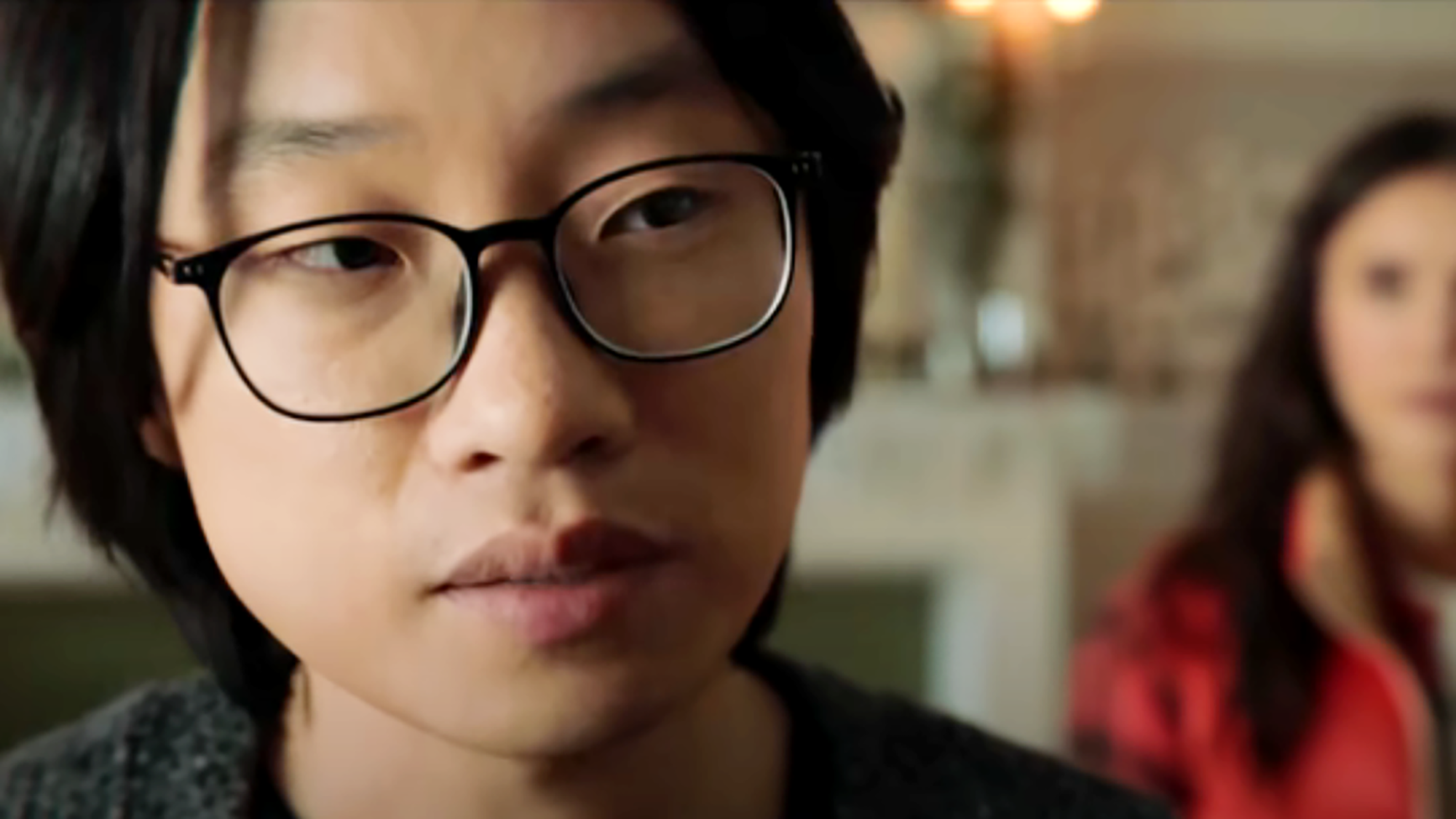There are several Asian characters portrayed in the film, Knives Chau, Matthew Patel, Kyle and Ken Katayanagi, while each offer Asian representation, I would not necessarily call it ideal representation.
Knives is a 17 year-old dating Scott a 23 year-old. Some blatant nonchalant pedophilia, but thats the least of our issues while dissecting this movie. Knives’ character is written in such a way that she upholds the fetishization of Asians within media pining after older White men (which we will touch on once again when we discuss Mean Girls). Knives is used to emphasize her Asian identity as “other.” She is a small, docile, doting girlfriend to Scott. Her character does not really evolve past this. Later, she does change into this caricature of a “dragon woman”, a harmful stereotype of the evil, hyper-sexualized Asian villain seen in films from early Hollywood. She assumes this edgier persona in attempts to win Scott back. This only further reinforces her fetishization as she adopts an evil personality, with a coloured streak in her hair emphasizing her exoticness. Knives, of course, specializes in martial arts. Definitely not stereotypical, at all. This transformation occurs to appease Scott’s changing desires, from a quiet school girl to edgier manic pixie dream girl. This reinforces the idea of the fetishization of Asian women serving as a means to please White men’s perception of Asian beauty.
Matthew Patel serves as a means to bolster a stereotype of effeminate Indian men. He is criticized profusely by Ramona for being undesirable. Ramona says she only dated him because he was “the only non-White guy” at her school. This is harmful as it perpetuates the trope of White people dating BIPOC to wash their hands of any alleged racism, or to make themselves seem more immersed within the world of diversity. Essentially as a means to appear as ‘other’. Ramona further dissociates herself from him by saying she was only with him briefly and just kissed him once, hyper-accentuating how unattractive he is. The stereotype that Asian men are undesirable and unmasculine pervades reality. These unflattering depictions can project socially constructed biases that dictate desirability.
Don’t get me started on the Bollywood themed fight scene, its so many levels of wrong and racism mixed up into each other. During this fight sequence, Patel throws fireballs, emphasizing the stereotype of mysticism of Indian men. The musical portion of the fight certainly does not read as an homage to Bollywood. It serves as a means to mock southern Asian culture with its inclusion of an unrealistic Indian accent and poorly choreographed Bollywood dance moves.
The Katayangi twins offer the ridiculous trope of the silent ‘other’, extenuating the “mysterious and dangerous” nature of the ‘other’. The twins are the least fleshed out characters of the film, to the point of one of their key powers being listed as “being Japanese”. To top off excessively diminishing caricature of Japanese men, one of the brothers is depicted wearing a “rising sun” Japanese flag as his shirt. Which, for those of you who may not be aware, is an offensive symbol. It was the symbol of the Japanese Empire from the late 19th-20th century, and was sported during the 2nd World War, representing the years of exploitation and militarism. Overall, not a great move on the costume department.














